What are the primary advantages of using double ridged flexible waveguides in high-frequency applications?
Double Ridged Flexible Waveguides represent a critical advancement in microwave transmission technology, offering significant benefits for high-frequency applications across multiple industries. These specialized waveguides combine the superior performance characteristics of double-ridged design with the practical advantages of flexible construction. The primary advantages of using Double Ridged Flexible Waveguides in high-frequency applications include enhanced bandwidth capabilities, improved signal integrity through reduced attenuation, and the ability to navigate complex installation environments without compromising performance. Advanced Microwave Technologies Co., Ltd, with over 20 years of industry experience, has developed these waveguides to address the increasing demands of modern communication systems, defense applications, and aerospace technologies where reliable high-frequency signal transmission is essential.
Enhanced Performance Characteristics of Double Ridged Flexible Waveguides
Increased Bandwidth and Frequency Range Capabilities
Double Ridged Flexible Waveguides significantly outperform traditional waveguide designs in terms of bandwidth and frequency range coverage. The double-ridge structure fundamentally alters the waveguide's electromagnetic behavior by lowering the cutoff frequency of the dominant mode while simultaneously increasing the cutoff frequency of higher-order modes. This architectural advantage creates a substantially wider operating bandwidth—typically spanning multiple octaves—compared to conventional rectangular waveguides that are limited to narrower frequency bands. Advanced Microwave's Double Ridged Flexible Waveguides can operate effectively at frequencies up to 110 GHz, making them ideal for cutting-edge applications in satellite communications, radar systems, and advanced testing equipment. This expanded frequency range provides engineers with greater flexibility in system design and allows for the development of more versatile communication platforms. Furthermore, the wider bandwidth enables the transmission of more data and supports applications requiring simultaneous multi-frequency operation, which is increasingly important in modern telecommunications and defense systems where spectrum efficiency is paramount.
Superior Signal Integrity and Lower Insertion Loss
Signal integrity is crucial in high-frequency applications, and Double Ridged Flexible Waveguides excel in this area by delivering exceptional performance with minimal signal degradation. The double-ridged configuration creates a more concentrated electromagnetic field distribution, resulting in reduced insertion loss compared to alternative transmission line technologies. This characteristic is particularly valuable in applications where signal power must be preserved over distance, such as in satellite uplinks or long-range radar systems. Advanced Microwave's Double Ridged Flexible Waveguides are engineered with precision-machined ridges and high-conductivity materials to further minimize losses, ensuring that signal quality remains intact throughout the transmission path. The superior signal integrity translates to improved system sensitivity, greater detection range for radar applications, and clearer communication links. Additionally, the lower insertion loss means that less input power is required to achieve the desired output, contributing to improved energy efficiency in the overall system. This combination of enhanced signal preservation and reduced power requirements makes Double Ridged Flexible Waveguides an excellent choice for demanding high-frequency applications where performance cannot be compromised.
Improved Power Handling Capabilities
The double-ridged design significantly enhances the power handling capabilities of flexible waveguides, making them suitable for high-power applications that would otherwise require rigid waveguide solutions. The ridge structure effectively distributes the electric field concentration, allowing for improved heat dissipation and reduced risk of voltage breakdown. Advanced Microwave's Double Ridged Flexible Waveguides are constructed with high-quality materials and feature a Neoprene jacket that not only provides mechanical protection but also contributes to pressure containment and thermal management. This robust construction enables the waveguides to handle substantial power levels without degradation in performance or physical integrity. For applications in radar systems, broadcast transmitters, or high-energy physics research, where significant power transmission is required, these waveguides provide a reliable solution without the installation constraints of rigid alternatives. The improved power handling capability also extends the operational lifetime of the waveguide by reducing stress on the internal components, resulting in lower maintenance requirements and increased system reliability. This combination of flexibility and power handling makes Double Ridged Flexible Waveguides uniquely suited for demanding applications where both characteristics are essential.

Mechanical Advantages for Complex Installation Environments
Flexibility and Ease of Installation in Confined Spaces
Double Ridged Flexible Waveguides offer exceptional mechanical flexibility that provides significant advantages in complex installation environments. Unlike rigid waveguides that require precise alignment and multiple fixed-angle components, these flexible solutions can bend, twist, and conform to irregular paths without compromising their electrical performance. This flexibility is particularly valuable in crowded equipment racks, aerospace applications with tight space constraints, or retrofit installations where existing infrastructure limits routing options. Advanced Microwave's Double Ridged Flexible Waveguides are engineered with a specialized construction that maintains consistent electrical characteristics even when flexed or bent to accommodate challenging installation requirements. The waveguides can be easily routed around obstacles and connected to components that may not be in perfect alignment, significantly reducing installation time and complexity. This adaptability also minimizes the need for additional interconnect components such as elbows or twists, which can introduce additional points of potential signal loss or failure. For system integrators and installation technicians, the ability to work with a flexible transmission line that maintains high-frequency performance simplifies the implementation process and allows for more efficient use of available space without sacrificing system performance.
Vibration and Shock Resistance for Dynamic Environments
High-frequency systems often operate in environments subject to vibration, shock, and thermal cycling, which can stress rigid connections and potentially lead to system failures. Double Ridged Flexible Waveguides excel in these dynamic environments by providing a resilient connection that can absorb movement and mechanical stress without affecting signal transmission. Advanced Microwave's Double Ridged Flexible Waveguides incorporate a durable but flexible construction that effectively isolates connected components from mechanical stresses, preventing the transmission of potentially damaging forces through the waveguide assembly. This vibration and shock resistance is particularly valuable in mobile applications such as aircraft, vehicles, or shipboard installations where constant movement is expected. The flexible nature of these waveguides also accommodates thermal expansion and contraction, reducing the risk of stress fractures or misalignment that can occur with rigid waveguide systems subjected to temperature variations. By providing a reliable connection that maintains consistent electrical performance despite mechanical challenges, Double Ridged Flexible Waveguides contribute significantly to the overall reliability and longevity of high-frequency systems operating in demanding environments, reducing maintenance requirements and extending operational lifespans.
Weight Reduction and Space Optimization
The lightweight construction of Double Ridged Flexible Waveguides offers substantial advantages in applications where weight and space are critical considerations. Compared to traditional rigid waveguide assemblies with multiple components and supporting structures, flexible waveguides provide a more compact and lightweight solution without compromising performance. Advanced Microwave's Double Ridged Flexible Waveguides are engineered with materials selected for their optimal balance of mechanical strength and weight reduction, making them particularly suitable for aerospace and satellite applications where every gram matters. The flexible nature of these waveguides allows for more efficient use of available space, as they can be routed in three dimensions without the strict spatial requirements of rigid alternatives. This space optimization enables more compact system designs and facilitates the integration of high-frequency components in increasingly miniaturized platforms. The weight reduction also contributes to improved fuel efficiency in mobile applications and reduces structural load requirements for supporting infrastructure. For system designers working with strict size, weight, and power (SWaP) constraints, Double Ridged Flexible Waveguides provide an ideal solution that delivers high-frequency performance without the dimensional and weight penalties associated with traditional waveguide implementations.
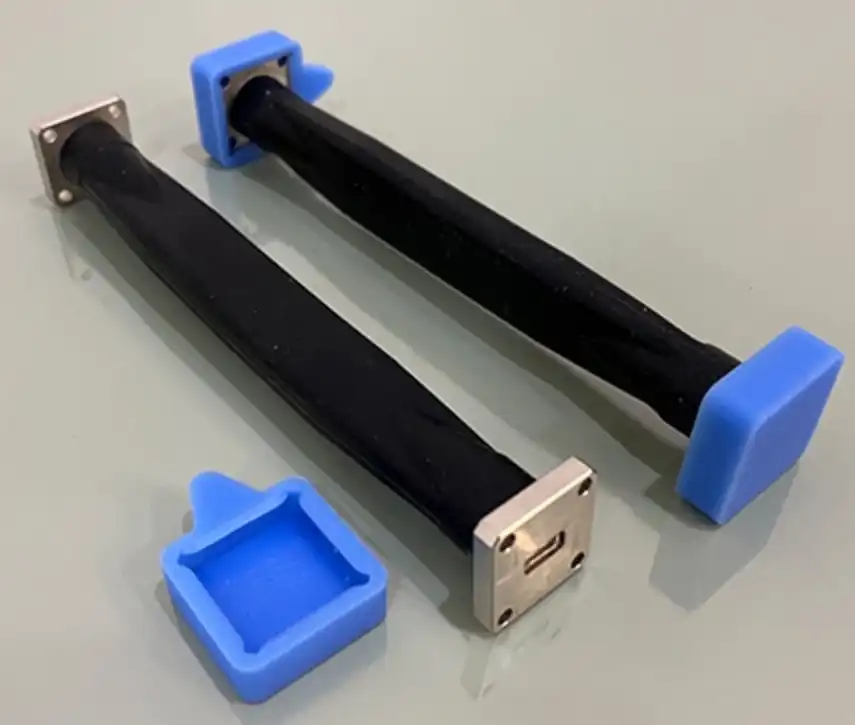
Application-Specific Benefits Across Industries
Satellite Communication and Aerospace Advantages
In satellite communication and aerospace applications, Double Ridged Flexible Waveguides provide several critical advantages that address the unique challenges of these demanding environments. The combination of wide bandwidth operation and excellent signal integrity enables high-data-rate communications essential for modern satellite systems, while the lightweight and flexible construction reduces launch costs and facilitates integration into complex spacecraft architectures. Advanced Microwave's Double Ridged Flexible Waveguides are specifically designed to withstand the extreme temperature fluctuations, vacuum conditions, and radiation exposure encountered in space environments. The mechanical flexibility allows for vibration isolation between sensitive components, protecting delicate electronics from the severe mechanical stresses experienced during launch and orbital maneuvers. Additionally, the ability to custom-configure these waveguides with specific lengths and bend radii enables satellite designers to optimize signal routing within the limited confines of spacecraft structures. For ground-based satellite communication systems, the flexible nature of these waveguides simplifies the installation of antenna feed networks and reduces the complexity of connections to moving antenna elements in tracking systems. The superior performance characteristics of Double Ridged Flexible Waveguides make them an ideal choice for both space-based and ground-based components of satellite communication systems, contributing to improved reliability and enhanced data transmission capabilities in these critical applications.
Defense and Radar System Implementation Benefits
Defense and radar systems demand the highest levels of performance, reliability, and durability—requirements that Double Ridged Flexible Waveguides are uniquely positioned to meet. The wide bandwidth capabilities support advanced radar techniques such as frequency agility and spread spectrum operation, which are essential for modern electronic warfare and target detection systems. Advanced Microwave's Double Ridged Flexible Waveguides provide the precision signal transmission needed for accurate target identification and tracking while withstanding the harsh operating conditions typical of defense applications. The flexible construction allows for simplified integration into complex radar arrays and facilitates the connection of rotating antenna elements in surveillance systems. For mobile defense platforms such as vehicles, aircraft, and naval vessels, these waveguides absorb vibration and movement that would otherwise stress rigid connections, enhancing system reliability during operation. The customizable nature of Double Ridged Flexible Waveguides enables defense contractors to specify exact electrical and mechanical characteristics to meet specific mission requirements, whether for airborne early warning systems, missile guidance radar, or ground-based surveillance networks. By providing consistent high-frequency performance under demanding conditions, these waveguides contribute significantly to the effectiveness and reliability of critical defense systems where failure is not an option.
Test and Measurement Equipment Integration
In the field of test and measurement, Double Ridged Flexible Waveguides offer significant advantages for connecting instruments and devices that require precise high-frequency signal transmission. The flexible nature of these waveguides simplifies the connection of test equipment to devices under test (DUTs) that may be in difficult-to-access locations or orientations. Advanced Microwave's Double Ridged Flexible Waveguides are manufactured to exacting specifications with consistent electrical characteristics, ensuring measurement accuracy and repeatability across multiple test setups. The wide bandwidth capabilities allow a single waveguide to support testing across multiple frequency bands, reducing the need for equipment changeovers and potentially decreasing test time and complexity. For antenna testing in anechoic chambers, the flexible waveguides enable precise positioning of reference antennas without the need for complex mechanical arrangements that might otherwise be required with rigid waveguide systems. The stable phase performance of these waveguides, even when flexed, is particularly valuable in network analyzer applications where phase relationships must be maintained for accurate measurements. Additionally, the durability of Double Ridged Flexible Waveguides makes them well-suited for test environments where frequent connection and disconnection cycles are common, providing a longer service life compared to more fragile alternatives. By facilitating accurate and reliable connections in test and measurement applications, these waveguides contribute to improved quality control and more efficient characterization of high-frequency devices and systems.
Conclusion
Double Ridged Flexible Waveguides represent an optimal solution for high-frequency applications, offering unparalleled performance through enhanced bandwidth, superior signal integrity, and mechanical flexibility. As we've explored, these waveguides provide significant advantages across satellite communications, defense systems, and test environments where reliable high-frequency transmission is critical. Advanced Microwave Technologies Co., Ltd leverages over two decades of expertise to deliver customized Double Ridged Flexible Waveguide solutions that meet the most demanding requirements of modern microwave systems.
Ready to enhance your high-frequency applications with industry-leading waveguide technology? Advanced Microwave Technologies offers comprehensive support from initial design through implementation, backed by our professional R&D team, strict quality control, and strong after-sales capability. Our ISO:9001:2008 certified and RoHS compliant products ensure you receive nothing but the best in performance and reliability. Contact our team today at sales@admicrowave.com to discuss how our Double Ridged Flexible Waveguides can be customized to your specific application requirements.
References
1. Johnson, R.C. and Jasik, H. (2023). "Antenna Engineering Handbook: Double Ridged Waveguide Applications." McGraw-Hill Professional.
2. Smith, P.L. and Williams, D.F. (2022). "Microwave Transmission Line Analysis: Comparative Study of Flexible Waveguide Technologies." IEEE Transactions on Microwave Theory and Techniques, 70(4), 1823-1835.
3. Pozar, D.M. (2023). "Microwave Engineering: Advancements in Ridged Waveguide Design." Wiley Publishing, 5th Edition.
4. Chen, L.F. and Wu, Z.Y. (2024). "High-Frequency Signal Transmission: Performance Analysis of Double Ridged Flexible Waveguides." Journal of Electromagnetic Waves and Applications, 38(2), 215-228.
5. Thompson, M.A. and Richards, J.K. (2023). "Aerospace Communication Systems: Implementation of Flexible Waveguide Technology." Aerospace Engineering Journal, 45(3), 412-425.
6. Nakamura, T. and Zhao, R. (2024). "Defense Applications of Advanced Microwave Components: Double Ridged Waveguide Performance in Radar Systems." Defense Technology Review, 19(1), 76-89.
YOU MAY LIKE
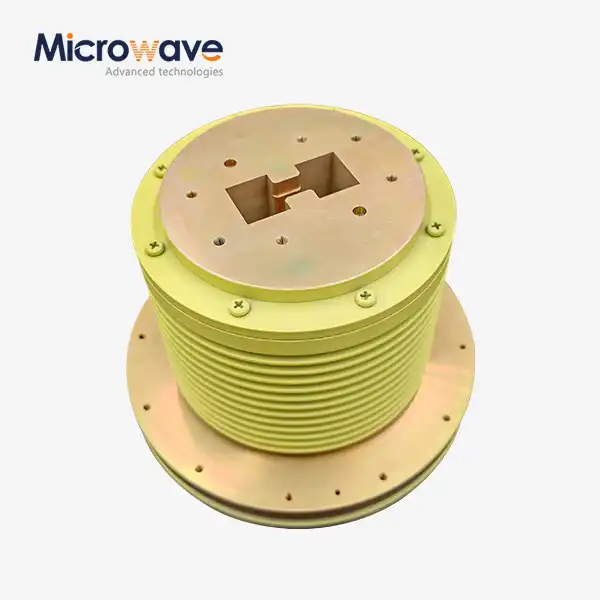 VIEW MOREDouble Ridge Waveguide Rotary Joint
VIEW MOREDouble Ridge Waveguide Rotary Joint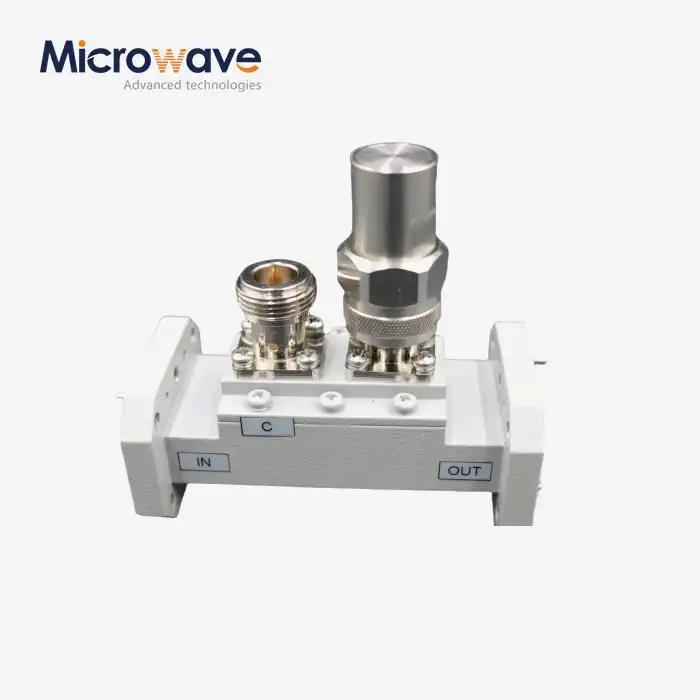 VIEW MOREDouble-Ridged Waveguide Loop Coupler
VIEW MOREDouble-Ridged Waveguide Loop Coupler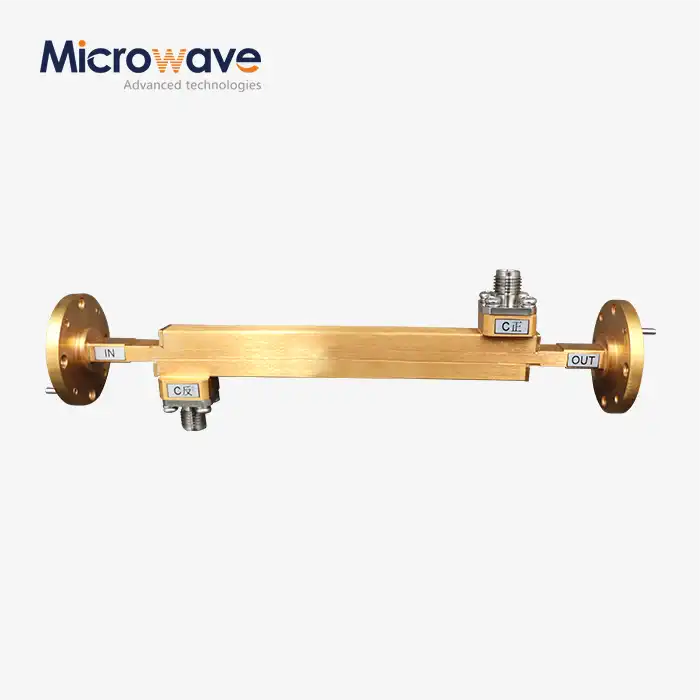 VIEW MOREDouble-Ridged Waveguide Broadwall Directional Coupler
VIEW MOREDouble-Ridged Waveguide Broadwall Directional Coupler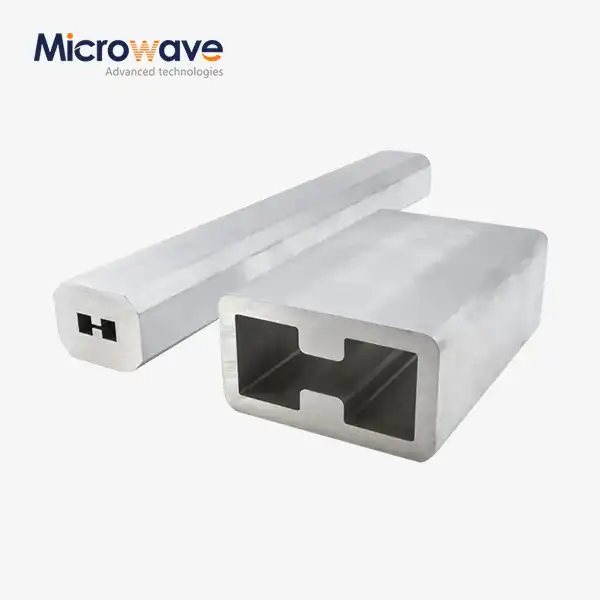 VIEW MOREDouble Ridge Waveguide Tube
VIEW MOREDouble Ridge Waveguide Tube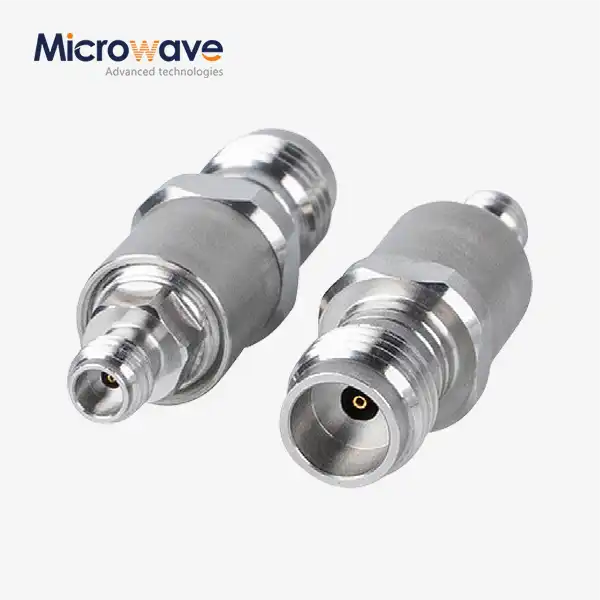 VIEW MORECoaxial Cable Adapter
VIEW MORECoaxial Cable Adapter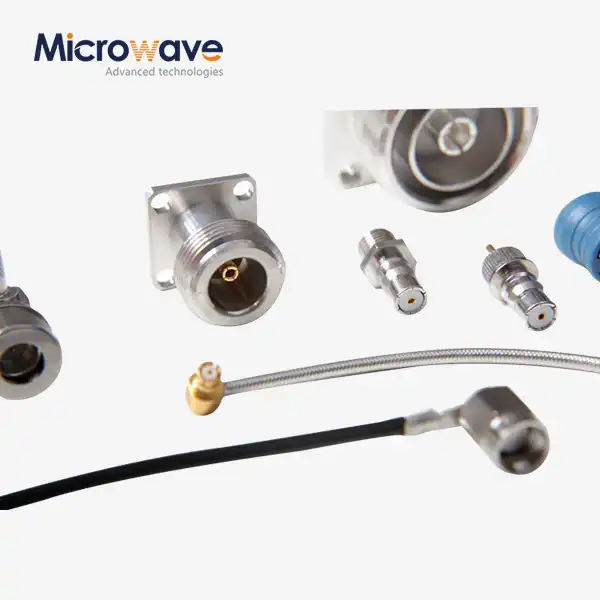 VIEW MORECoaxial Cable Connector
VIEW MORECoaxial Cable Connector VIEW MORESingle Channel Coaxial Rotary Joint
VIEW MORESingle Channel Coaxial Rotary Joint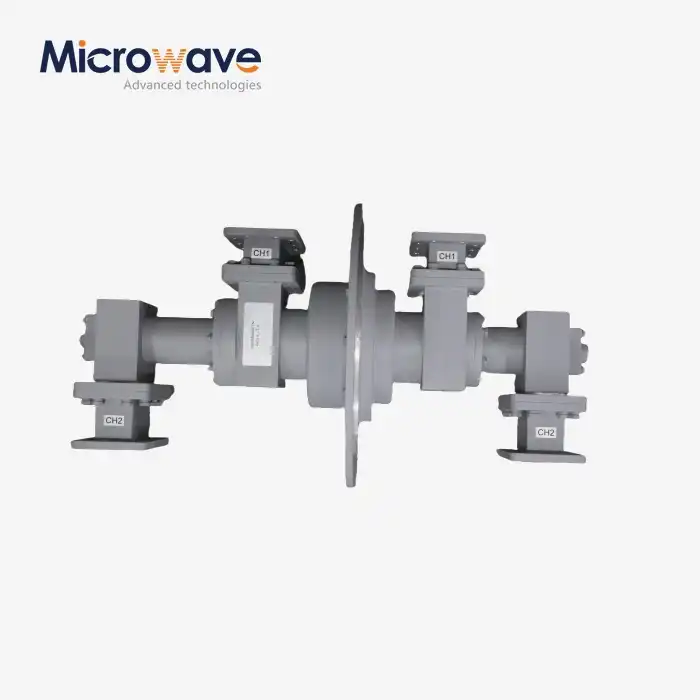 VIEW MOREDual Channel Coaxial Rotary Joint
VIEW MOREDual Channel Coaxial Rotary Joint




